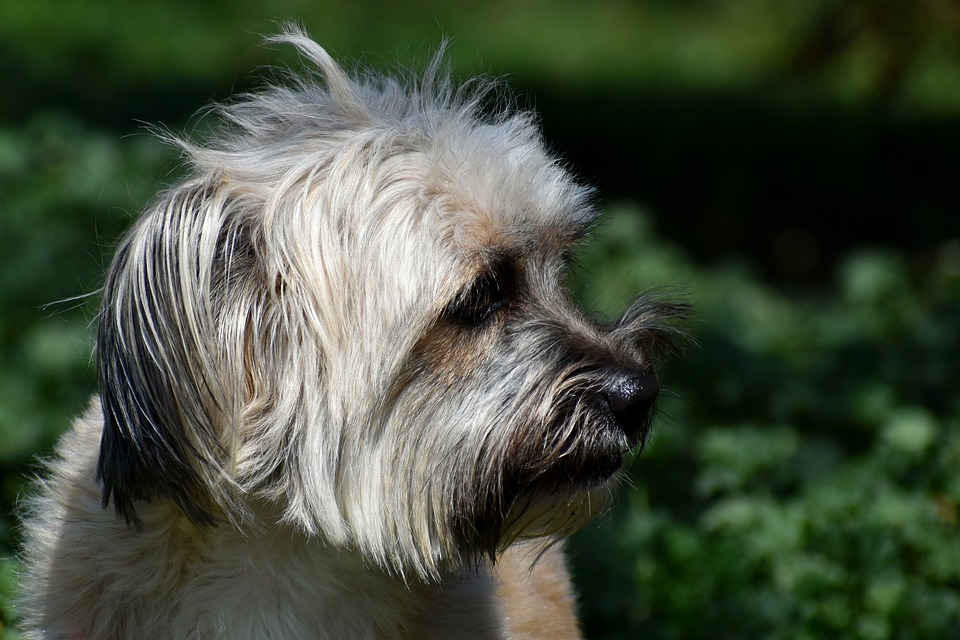*Introduction*
Brushing your dog’s coat is not only important for their appearance but also for their overall health and well-being. Regular brushing helps remove dirt, debris, and dead hair, prevents matting, and promotes a healthy and shiny coat. However, many dogs find brushing uncomfortable or scary. In this article, we will explore effective techniques to train your dog to be comfortable with brushing, ensuring a stress-free grooming experience for both of you.
**Understanding Your Dog’s Comfort Level**
Before diving into the training process, it’s essential to understand your dog’s current comfort level with brushing. Some dogs may have had negative experiences in the past, while others may simply be unfamiliar with the sensation. Assessing their comfort level will help you tailor the training approach accordingly.
**Gradual Introduction to Brushing**
To start, introduce your dog to the brush gradually. Let them sniff and investigate the brush while offering praise and treats. This positive association will help create a pleasant experience in their minds.
**Positive Reinforcement Training**
Positive reinforcement is key to training any behavior, including accepting brushing. Use treats, praise, and gentle petting to reward your dog for staying calm and cooperative during brushing sessions. Start by brushing for short periods and gradually increase the duration as your dog becomes more comfortable.
**Handling Sensitive Areas with Care**
Some dogs may have sensitive areas that require extra attention during brushing, such as their belly, tail, or ears. Approach these areas with care and be mindful of your dog’s reactions. If they show signs of discomfort or resistance, take a step back and work on desensitizing these areas gradually.
**Desensitization Techniques**
Desensitization involves exposing your dog to brushing in a controlled and gradual manner, helping them overcome any fear or discomfort. Start by gently touching your dog with the brush without actually brushing. Gradually progress to light brushing motions, always rewarding your dog for their calm behavior. Repeat this process daily, increasing the intensity and duration of brushing over time.
**FAQs about Training Your Dog to be Comfortable with Brushing**
**Q: How frequently should I brush my dog’s coat?**
A: The frequency of brushing depends on your dog’s breed, coat type, and length. Generally, dogs with longer hair or double coats require more frequent brushing to prevent matting and tangling. Consult with your veterinarian or a professional groomer to determine the ideal brushing schedule for your dog.
**Q: What if my dog becomes anxious or aggressive during brushing?**
A: If your dog shows signs of anxiety or aggression during brushing, it’s crucial to address the underlying issue. Consider seeking guidance from a professional dog trainer or behaviorist who can help identify the cause of these reactions and provide appropriate training techniques.
**Q: Can I use any type of brush for my dog?**
A: No, it’s important to choose the right brush for your dog’s coat type. Slicker brushes work well for removing tangles and mats in long-haired dogs, while bristle brushes are suitable for short-haired breeds. Additionally, consider using a deshedding tool for dogs that shed excessively.
**Conclusion**
Training your dog to be comfortable with brushing is a gradual process that requires patience, consistency, and positive reinforcement. By following the techniques mentioned above and understanding your dog’s individual needs, you can transform brushing sessions into a positive and enjoyable experience for both you and your furry friend. Remember, a well-groomed dog not only looks great but also feels great!









